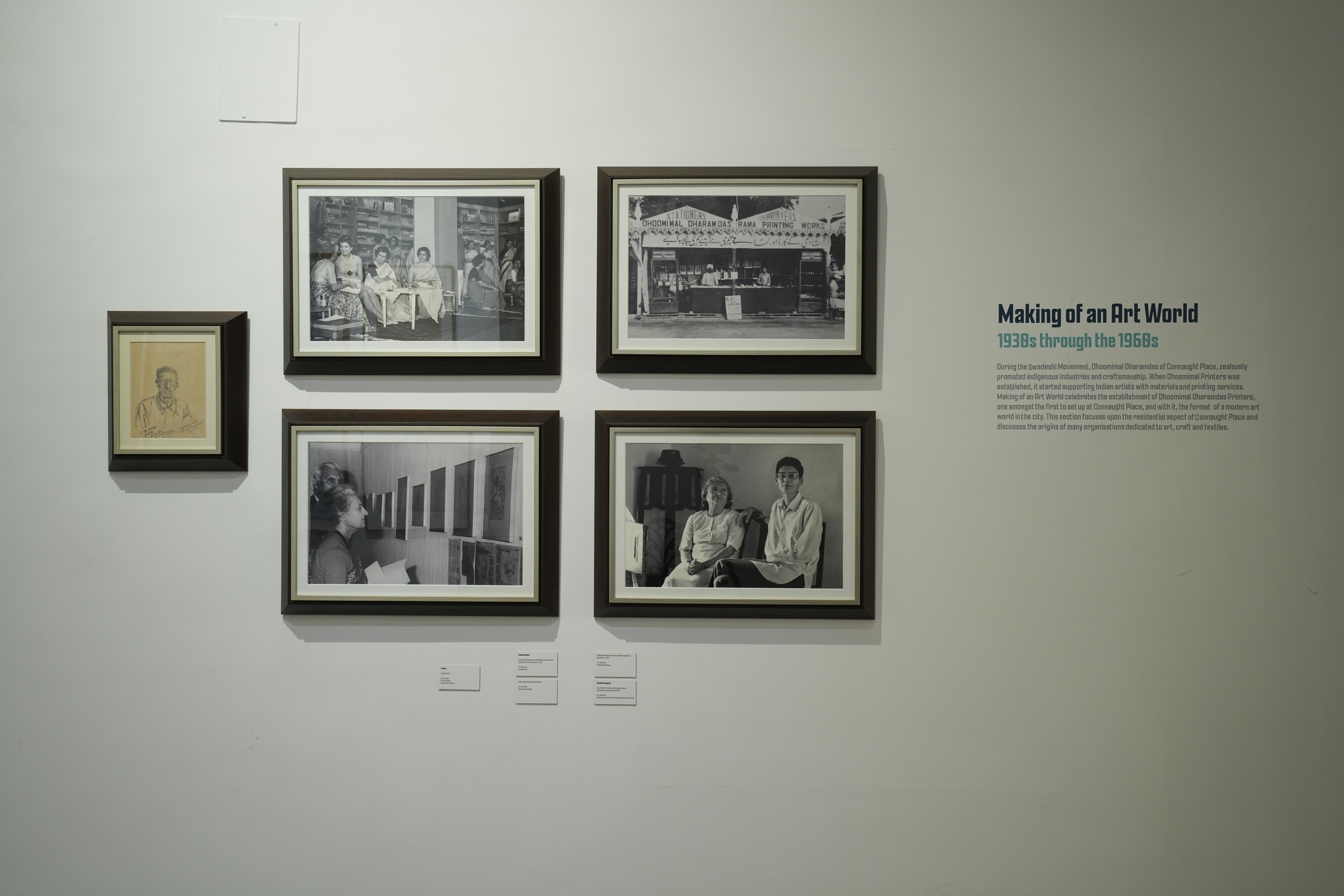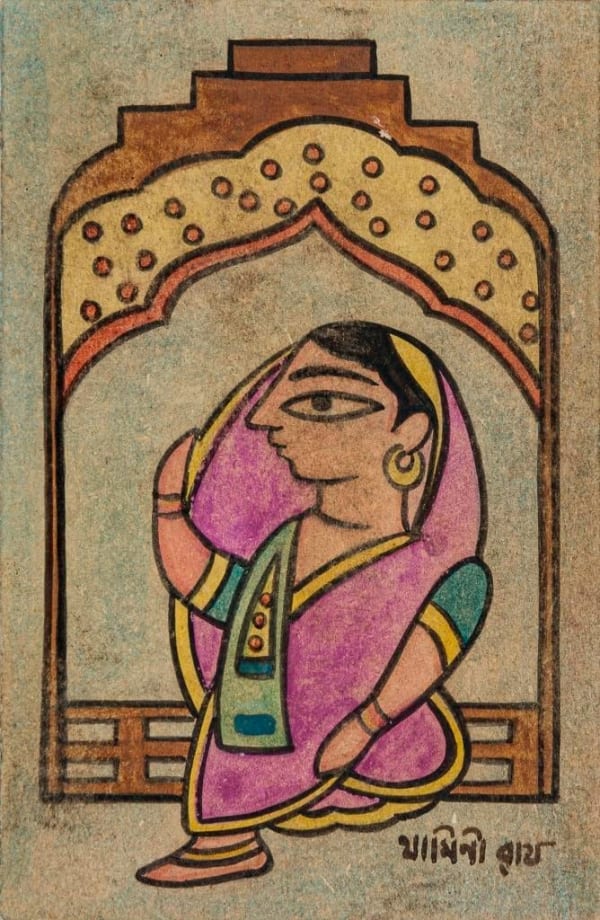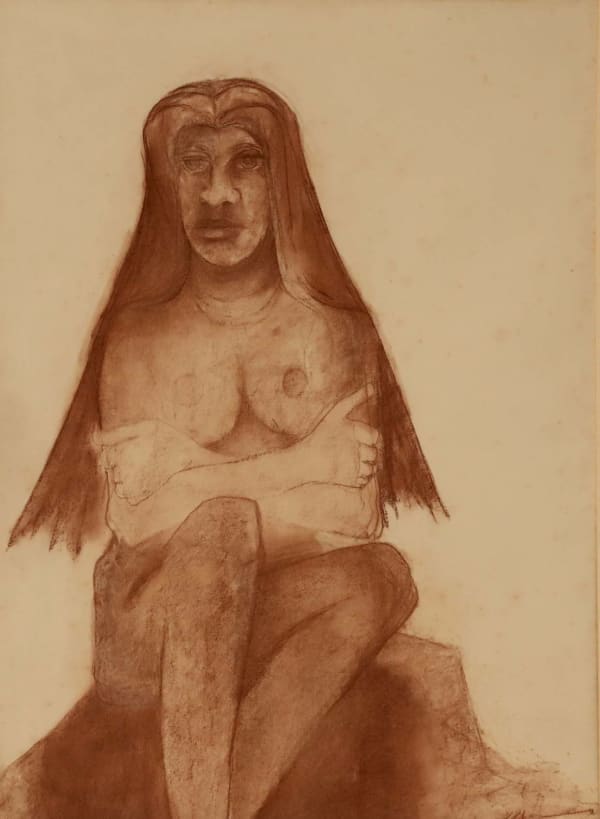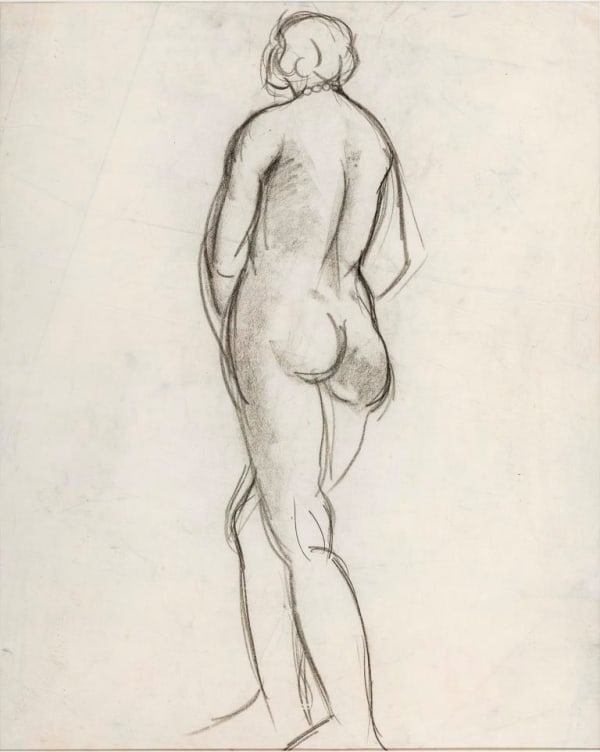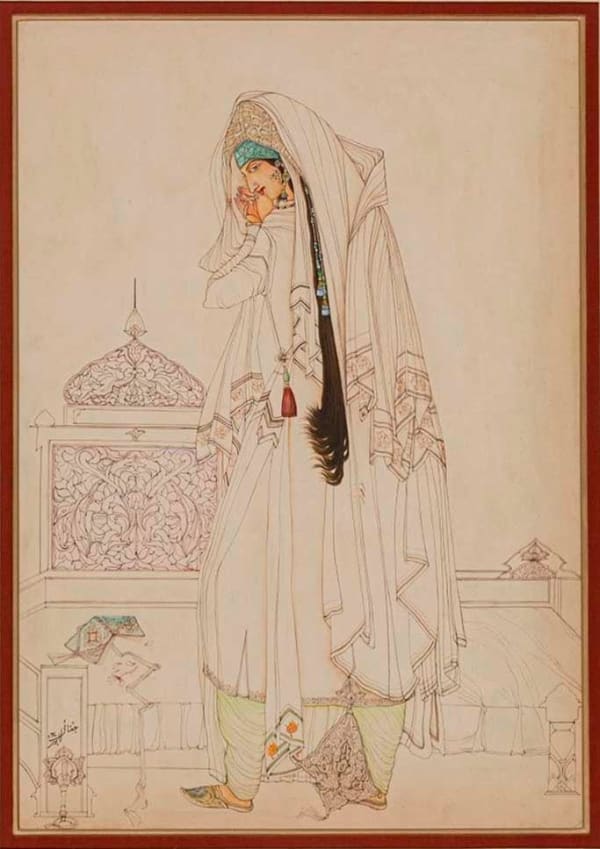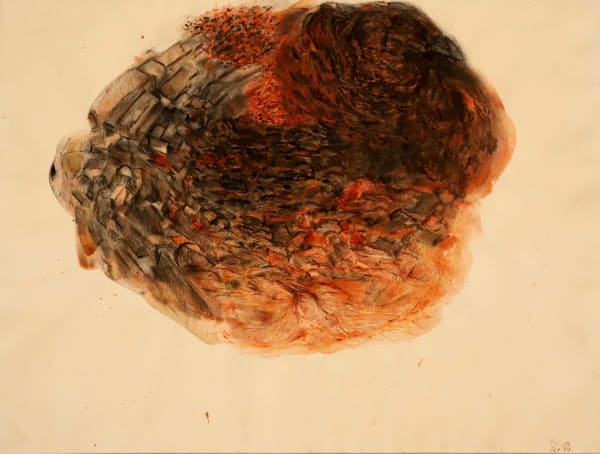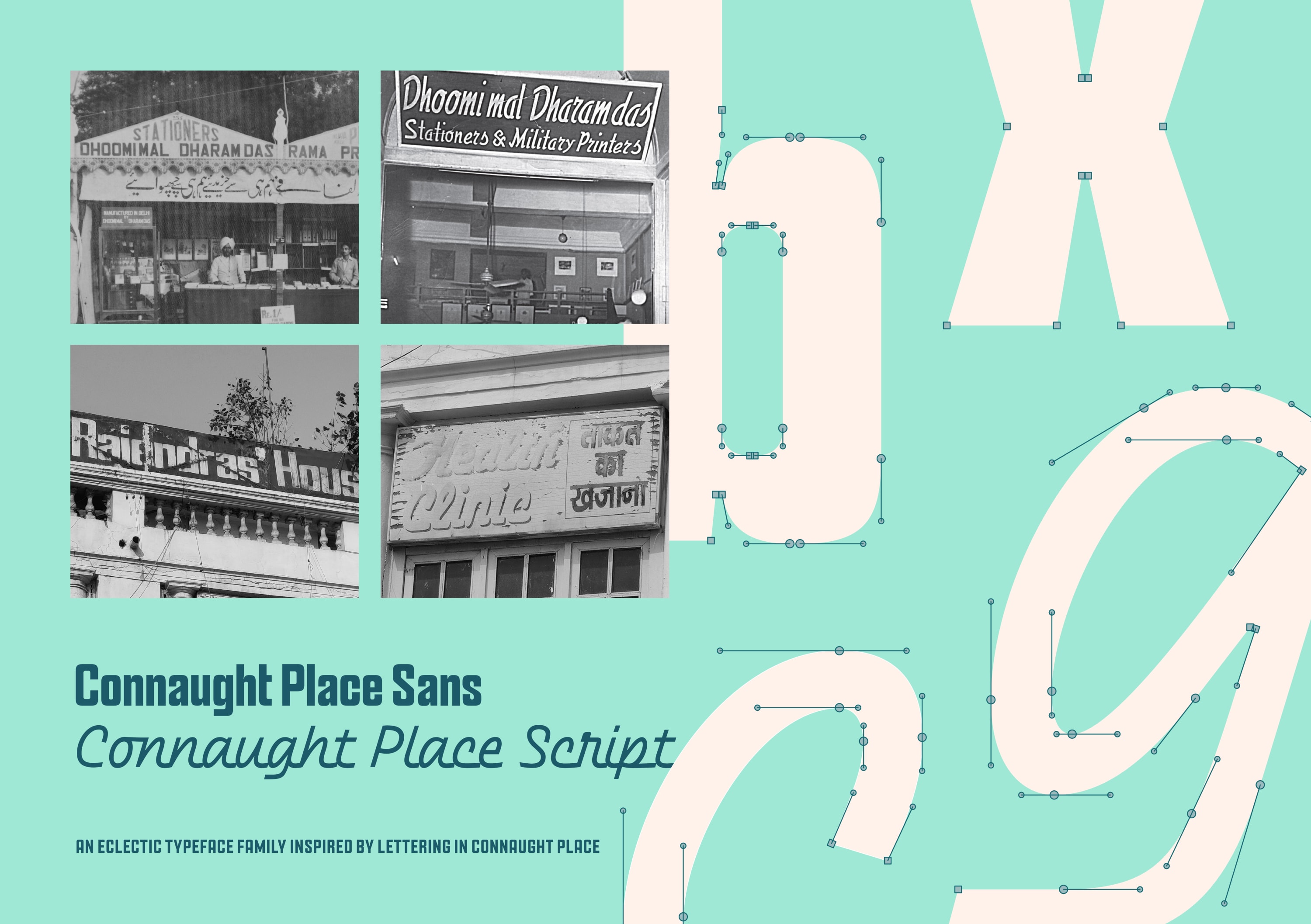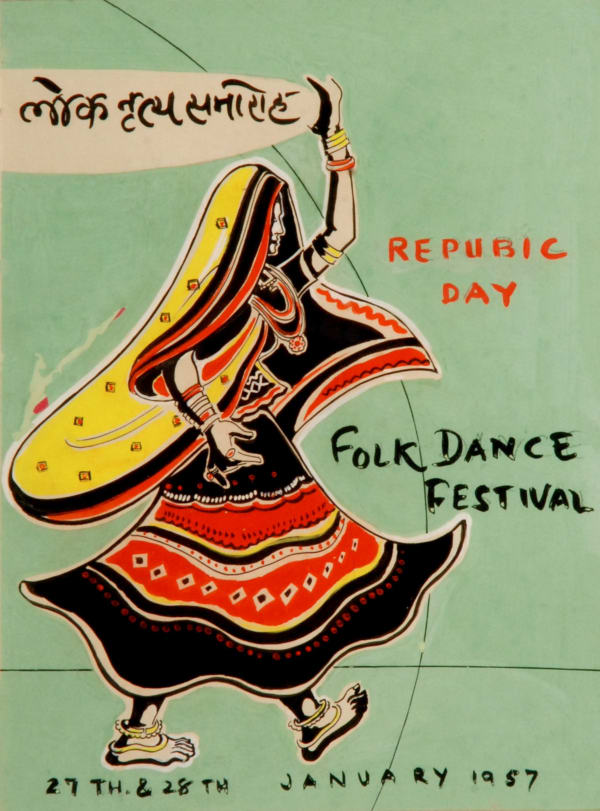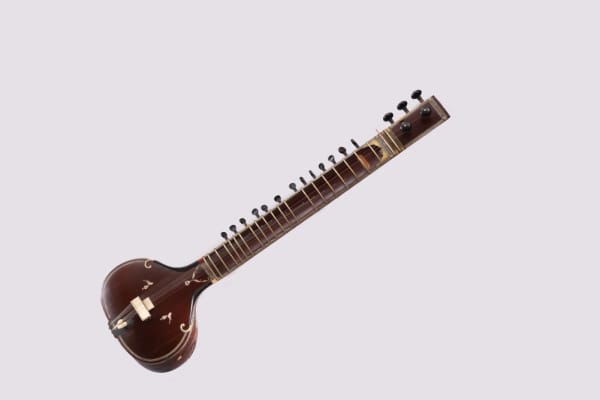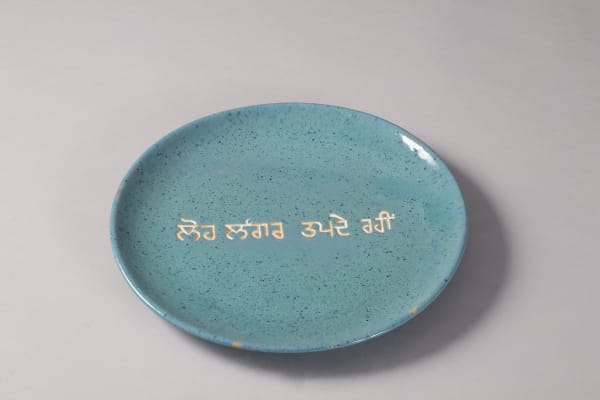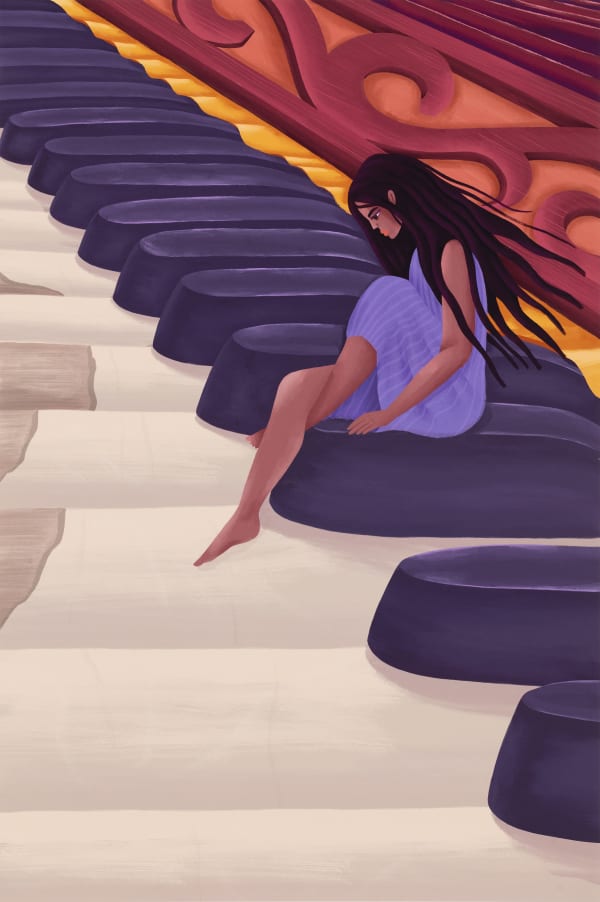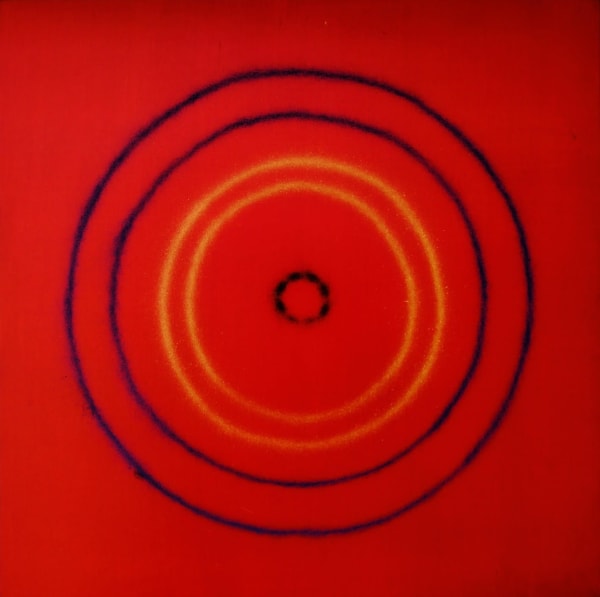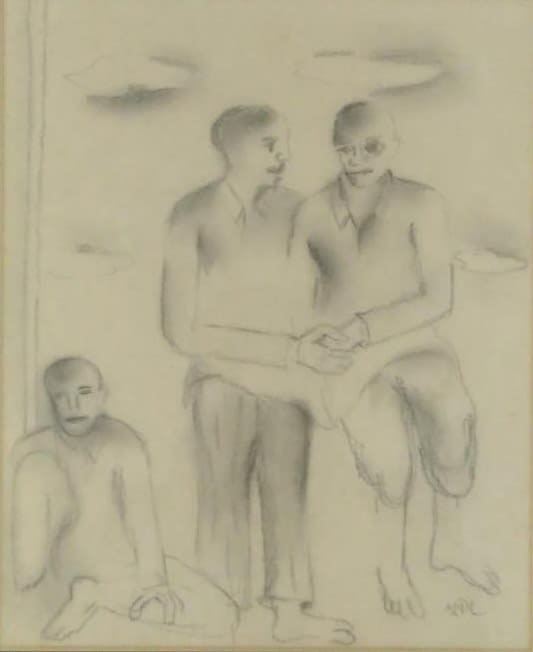-
The Past has a home in the Future
Dhoomimal Gallery and Connaught PlaceNew Delhi, the recently established capital of British India, was designed to have the most stylish, contemporary and central shopping complex, where the finest of goods would serve foreign and Indian elites. In 1936, Dhoomimal Dharamdas, a paper manufacturer and merchant of Chawri Bazar in Old Delhi along with other establishments, set up a store in the newly opened Connaught Place. It is in this setting that Ram Chander Jain, affectionately called Ram Babu, nurtured an art world, laying the foundation of Dhoomimal Gallery. This exhibition, for the first time, showcases Connaught Place as an important site in which politics and cultural production converged, offering both a synchronic and diachronic narrative of the place and people, especially through the story of Dhoomimal Gallery. Structured in three consecutive sections, with archival imagery and artworks, and specially curated objects in textiles, ceramics, visual arts and sound, the exhibition merges the spirit of the place and its persistent creative discourse -
Making of an Art World
1930s through the 1960sDuring the Swadeshi Movement, Dhoomimal Dharamdas of Connaught Place, zealously promoted indigenous industries and craftsmanship. When Dhoomimal Printers was established, it started supporting Indian artists with materials and printing services. Making of an Art World celebrates the establishment of Dhoomimal Dharamdas Printers, one amongst the first to set up at Connaught Place, and with it, the formation of a modern art world in the city. This section focuses upon the residential aspect of Connaught Place and discusses the origins of many organisations dedicated to art, craft and textiles.
-

-
New India's Art, Design and Architecture
Dhoomimal Gallery and Connaught Place, Independence and AfterAfter Independence, a zeal to create a new Indian identity and economy emerged and arts and design too became sites for making one. Fresh methods and media began to be explored; simultaneously, recent refugees of the Partition began to make New Delhi their new home, carrying memories of their recent past to start afresh. New India's Art, Design and Architecture, is subdivided into Line, Shape, Movement and Community, each theme emphasising important visual and spatial elements and social relationships between artists and institutions, all of which shaped Dhoomimal Gallery and the visual, performing and built arts in Connaught Place.
-
Line
Line looks at artists in the act of drawing from one point to another to create works that are reflections of events and incidents of social and political concerns. Linework dematerialises linearity and enables abstract forms. Even in architecture, line is a fundamental principle. Connaught Place itself is an arrangement and intersection of lines, juxtaposed to form shape and volume.
-

-
-
 Jamini Roy, Untitled, 1967View more details
Jamini Roy, Untitled, 1967View more details -
 Haren Das, Chiaroscuro, 1962View more details
Haren Das, Chiaroscuro, 1962View more details -
 Gogi Saroj Pal, Untitled, 1972View more details
Gogi Saroj Pal, Untitled, 1972View more details -
 Krishen Khanna, UntitledView more details
Krishen Khanna, UntitledView more details
-
-
Shape
Shape focuses on objects and artworks that play with dimension, volume and geometry, as well as the imagery of Connaught Place. Inspired by designer Riten Mozumdar's geometric and graphic prints that he created at Connaught Place, the textile designer Rema Kumar - through newly-woven sarees and stoles-reinterprets his lines and shapes. Shape also presents designs, objects and techniques which are engaging with the creation of a modern local, such as the Auroville-based ceramist Puneet Brar's blue tableware which engages the Delhi Blue glaze and ceramics that pioneer studio potter Gurcharan Singh designed and made.
-
Movement

Pooja Saxena
'Connaught Place' typeface family, 2024
Specially commisioned
drawing from archival photographs of shop signages
Movement
Movement is about creating motion through sound and visuals, reordering or making one form, medium or a state of mind into another. It also draws attention to the hippy movement of the 1960s, specially with the Beatles visiting India and purchasing their first Indian classical musical equipment from Rikhi Ram of Connaught Place. The discourse on fashion that first began in Connaught Place, reflects in the generational menswear designer Dhruv Vaish's specially curated pieces. Movement also reflects upon the transition from handpainted to digitally produced signages that inspired typeface designer Pooja Saxena to develop the font family for this show, dedicatedly called, 'Connaught Place'.
-
-

-

-
 Jagdish Swaminathan, Colour Geometry of Space, 1966
Jagdish Swaminathan, Colour Geometry of Space, 1966 -
 Sushil Sarkar, Republic Day Folk Dance Festival, 1957
Sushil Sarkar, Republic Day Folk Dance Festival, 1957
-
 Biren De, Untitled, 1977
Biren De, Untitled, 1977 -
 Kalyan S. Coll, Heart Lotus
Kalyan S. Coll, Heart Lotus -
 Bhuri Bai, Untitled
Bhuri Bai, Untitled -
 Madhavi Parekh, Untitled, 1983
Madhavi Parekh, Untitled, 1983
-
-
Community
This section celebrates the artistic bonds that visual artists and designers made amongst themselves with people in Connaught Place. It recalls the cherished moments at the Gallery where artists found lasting friendship. Anwar Chitrakar's 'CP se Prem Se' is a painted visual reconstruction of Connaught Place as an evolving physical, social and urban space. Community also discusses the impact of the Partition and the wars with China and Pakistan, by showcasing illustrations by Veda Raheja based on
Aanchal Malhotra's book, Remnants of a Separation, and the artist KP Reji's visual stories taken from JCB Prize for Literature awardee M Mukundan's Delhi: A Soliloquy. -
Still
1984 to the PresentStill: 1984 to the Present highlights the post-Emergency and liberalisation eras and transformations in art, ideology and design. Artists continued to explore new media and methods of art, adopting abstraction and surrealism. This section presents a unique reflection of the ubiquitous and ever-evolving tehbazari, or street vending, in Connaught Place through a modular corner shop for the arts created especially for the show by the design firm Chaal Chaal Agency. Still questions the notion of time and space, chaos and harmony, through the soundscape produced by the artist Anandit Sachdev, which is played throughout the show.
-
-
 K. G. Subramanyan, Untitled, 1991
K. G. Subramanyan, Untitled, 1991 -
 K. G. Subramanyan, Untitled, 1993
K. G. Subramanyan, Untitled, 1993 -
 Shobha Broota, Untitled, 2023
Shobha Broota, Untitled, 2023 -
 Kalighat Painting, Untitled
Kalighat Painting, Untitled
-
 K. K. Hebbar, Untitled, 1986
K. K. Hebbar, Untitled, 1986 -
 Bhupen Khakhar, Untitled
Bhupen Khakhar, Untitled -
 Jeram Patel, Untitled, 2006
Jeram Patel, Untitled, 2006 -
 A. K. Raina, Untitled, 1987
A. K. Raina, Untitled, 1987
-
